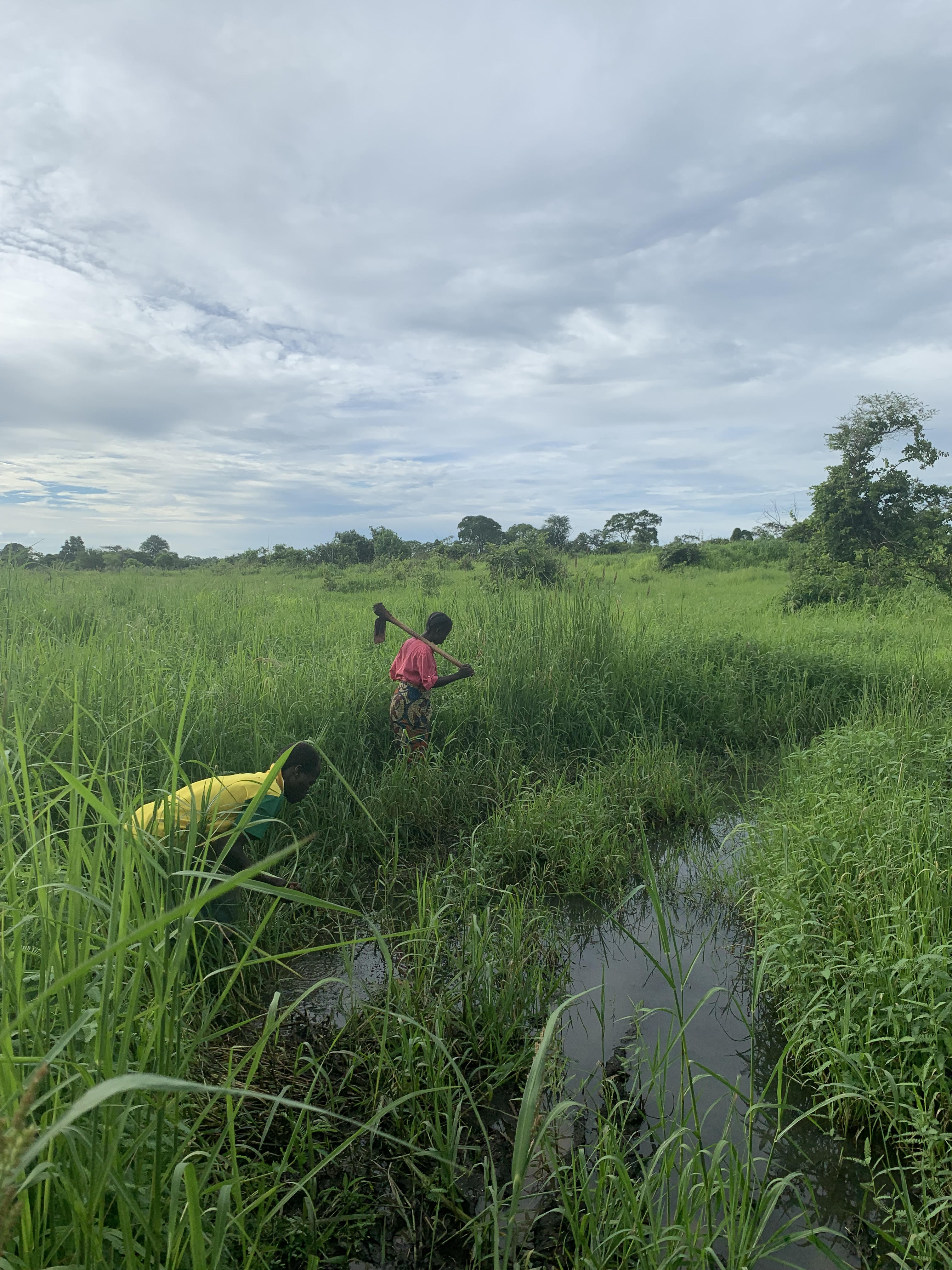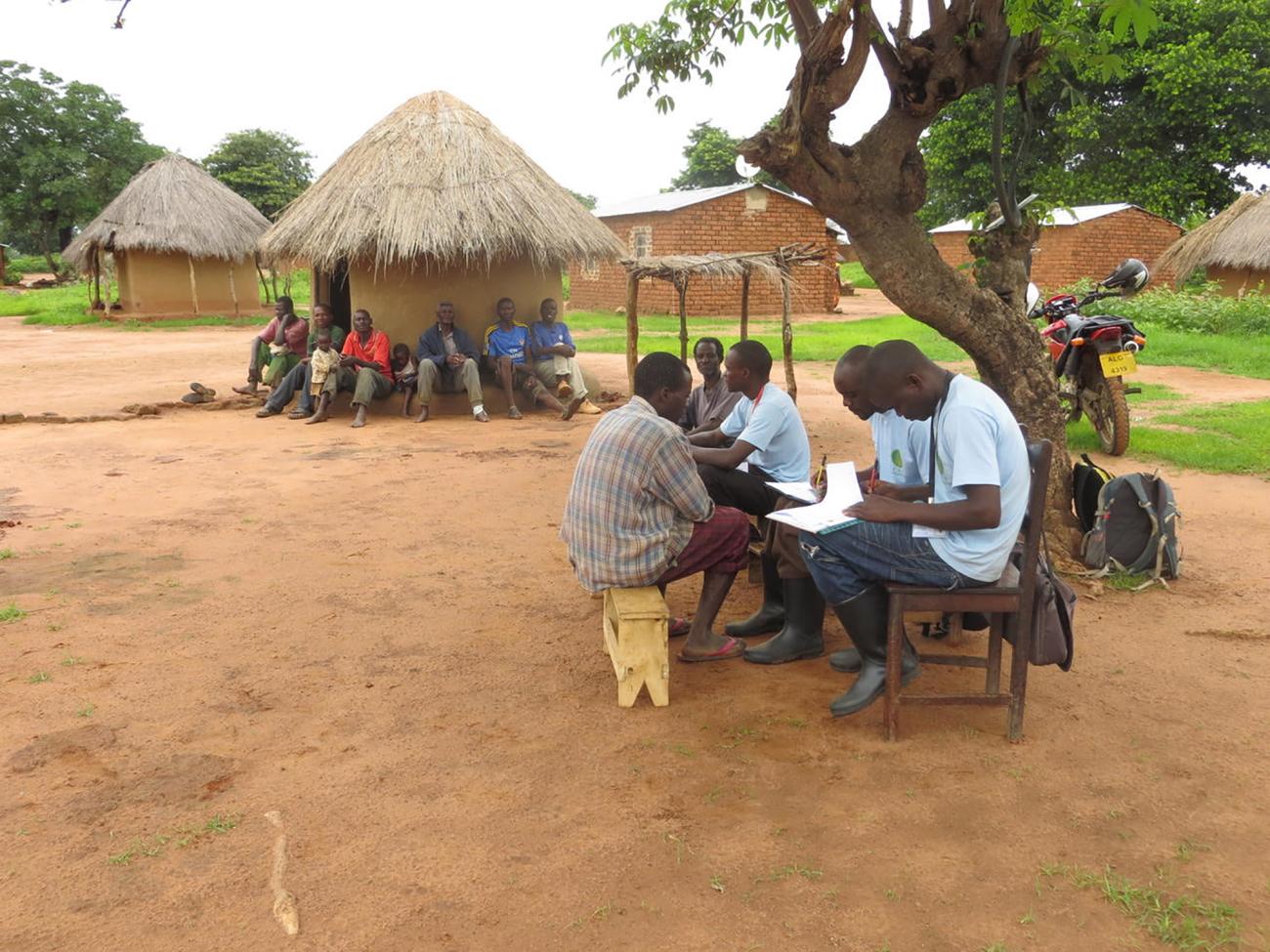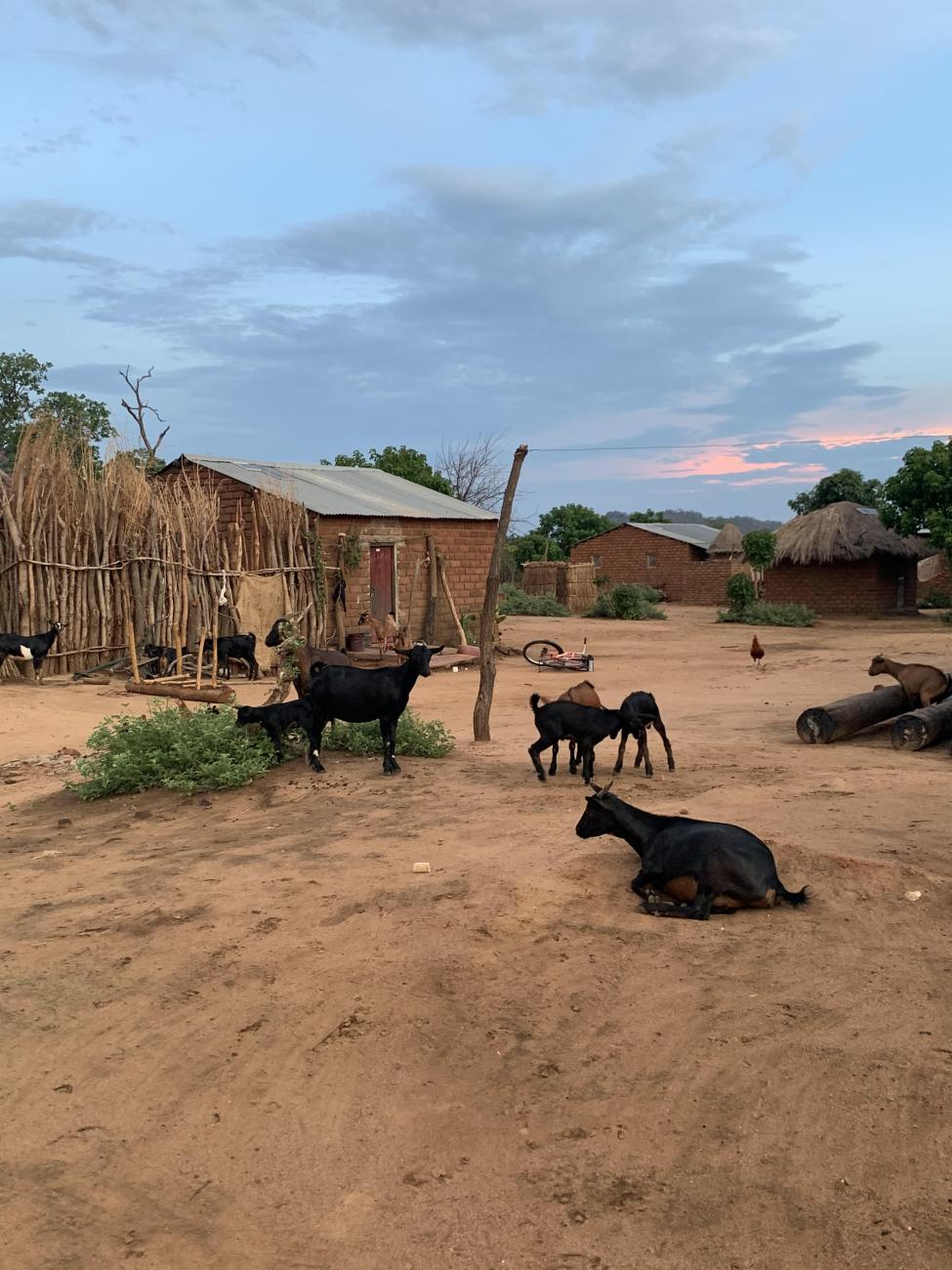
For farmers in rural Zambia, payday comes just once a year, at harvest time. This fact impacts nearly every aspect of their lives, but until now researchers hadn’t realized the true extent.
Bren Associate Professor Kelsey Jack sought to investigate how this extreme seasonality affects farmers’ livelihoods, as well as development initiatives aimed at improving their condition. She and her coauthors conducted a two-year experiment in which they offered loans to help families through the months before harvest.
The researchers found that small loans in the lean season led to higher quality of life, more time invested in one’s own farm, and greater agricultural output, all of which contributed to higher wages in the labor market. The study, which appears in the American Economic Review, is part of a new wave of research re-evaluating the importance of seasonality in rural agricultural settings.
This is basically the farmers’ paper. They told us to write it and we did. And it turned out to be a really interesting story.
Jack came to this research topic through her personal experience working with communities in rural Zambia over the past 12 years. She would often ask folks what made their lives harder, and she kept hearing the same story. These farmers rely on rainfall, rather than irrigation, for their crops. So their harvest follows the seasons. This means that all of their income arrives at once, during harvest time in June.
“Imagine if you got your paycheck once a year, and then you had to make that last for the remaining 11 months,” Jack said. This leads to what’s referred to locally as the hungry season, or lean season, in the months preceding harvest.
When households find themselves low on food and cash, they rely on selling labor in a practice known as ganyu to make ends meet. Instead of working on their own farms, family members work on other people’s farms, essentially reallocating labor from poor families to those of better means – though it’s not always the same people in these positions from year to year.
When Jack spoke about this with her collaborator Günter Fink at the University of Basel, in Switzerland, he mentioned hearing the same story during his work in the region. They contacted another colleague, Felix Masiye, chair of the economics department at the University of Zambia, who said that while this was a known phenomenon in Zambia, no one had researched it yet. The three decided to validate the farmers’ story and quantify its effects.
“This is basically the farmers’ paper,” said Jack. “They told us to write it and we did. And it turned out to be a really interesting story.”

Before even launching this project, the researchers met with communities and conducted a full 1-year pilot study across 40 villages. They designed the experiment around the input they received, including loan sizes, interest rates, payment timeframes and so forth. Throughout the project the team worked with village leadership and the district agricultural office, and had their proposal evaluated by institutional review boards in both the United States and Zambia.
The experiment consisted of a large randomized control trial with 175 villages in Zambia’s Chipata District. It essentially spanned the whole district, Jack said. The project lasted two years and comprised over 3,100 farmers.
The researchers randomly assigned participants to three groups: a control group in which business proceeded as usual, a group that received cash loans, and a group that received loans in the form of maize. The loans were designed to feed a family of four for four months and were issued at the start of the lean season in January, with payments due in July, after harvest.
“They were designed to coincide with people’s actual income flows,” Jack said. She contrasted this with most lending and microfinance in rural areas, which doesn’t account for the seasonality of income.
The project provided loans to around 2,000 families the first year and about 1,500 the second year. Some of the households were assigned to different groups in the second year to measure how long the effect of the loan persisted.
Overall, the results affirmed the importance of seasonal variability to the livelihoods of rural farmers and the impact of any economic interventions. “Transferring money to a rural agricultural family during the hungry season is a lot more valuable to that family than transferring money at harvest time,” Jack said.
The experiment’s most striking result was simply how many people took the loan. “The take-up rates that we saw were absolutely astounding,” Jack exclaimed. “I don’t think there’s an analogue for it in any kind of lending intervention.”
A full 98% of eligible households took the loan the first year, and more surprisingly, the second year as well. “If the only measure for whether this intervention helped people was whether they wanted it again, that alone would be enough to say people were better off,” Jack stated.

Further reading
A Loan for Lean Season, The UCSB Current
Seasonal Liquidity, Rural Labor Markets, and Agricultural Production, American Economic Review, Vol. 110, No. 10, November 2020